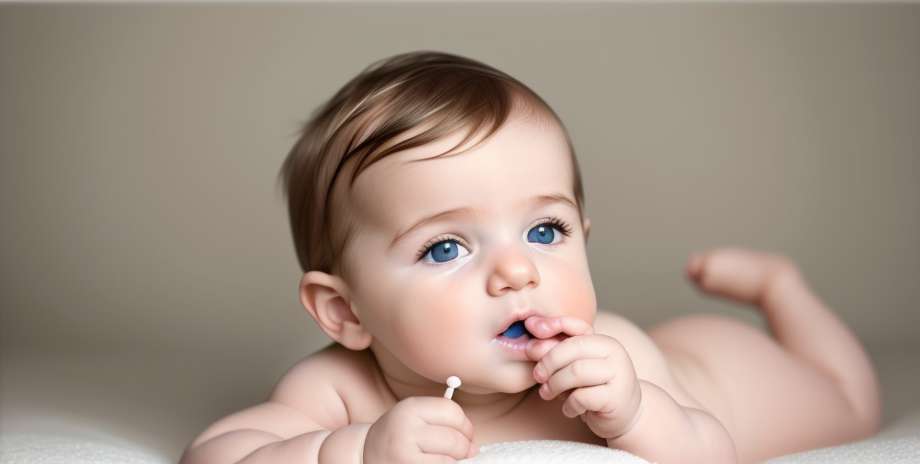3 reflections for mothers
April 2024

Many babies can not live without the pacifier, console and gives trust , although afterwards it is very difficult to get rid of him.
According to Dr. Enrique Criado Vega, pediatrician at El Greco / Getafe Health Center in Madrid (Spain), the desire to suck is related to the essential need to survive. Many babies continue to suck after they have finished breastfeeding, which should not be interpreted as a lack of food. However, that desire does not disappear in the first months of age and it is common to find children with 3-4 years who suck their pacifiers or thumbs with intensity.
Recommendations on the use of the pacifier
Although there is no definitive data neither in favor nor against its use, if it is advisable:
When and how should the pacifier be removed?
The ideal age to remove the pacifier, according to Dr. Criado Vega, is about 3-4 years. Previously, the child should be accustomed to using the pacifier only when going to bed or in a situation of great emotional stress. It is not clear which is the best technique, whether the withdrawal is sudden or gradual; In any case, it is advisable that parents remain more vigilant in those days to reassure the child and that he does not claim his pacifier.
Finally, for a pacifier to be safe it must be made of plastic material, have rounded edges, have a ring or handle that allows it to be removed from the mouth and the teat can not be more than 3.3 cm. According to the specialist, the base of the pacifier must be large enough to prevent the child from introducing the whole pacifier in the mouth, with the consequent risk of suffocation. A pacifier is not for life and should be changed frequently, especially when the child or girl already have teeth and to prevent choking with small fragments that can pull.